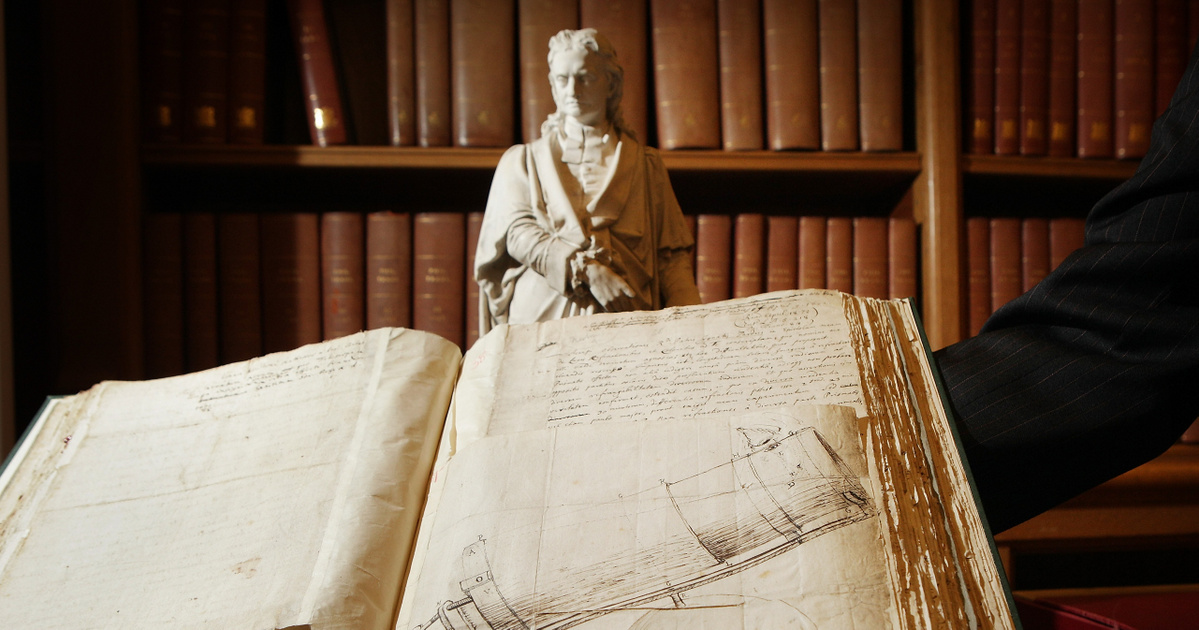Daniel Hock of Virginia Tech A Natural philosophy mathematical principles He attempts to correct a clumsy translation discovered in his original English translation in 1729. Based on this translation, so far we know the first law of inertia, which is that a body continues to move in a straight line or remains at rest until an external force acts on it.
There was a word in the original text that went unnoticed until 1999, when two researchers discovered it. The forgotten word is A Catinuswhich means if/as much/as.
According to Hock, the difference is significant. Newton did not write that the movement of a body does not change unless a force acts on it, but rather that all changes in movement are the result of external forces.
The difference is not only insignificant relative to ordinary thinking, but it has not yet made its way into physical educational materials either.
A series of books have been written on the subject of Newton’s law of inertia
says Hook.
The point is that while Newton had so far seemed to ignore that a body is always affected by forces such as gravity and friction, he did not actually mean it that way.
Tufts University philosopher and expert on Newton’s texts, George A. Smith American ScientificHe noted: The essence of the law is that in this way we can infer the existence of force.
One example given by Newton is the pinwheel, which slows down due to air resistance when performing a spiral motion in one place. According to Hooke, this shows that the physicist showed how the law works in everyday reality.
This highlights even more strongly how revolutionary Newton’s idea was for his time, that not only the aforementioned rotor, but also the motion of the Earth and all other celestial bodies were determined by the same laws.












































